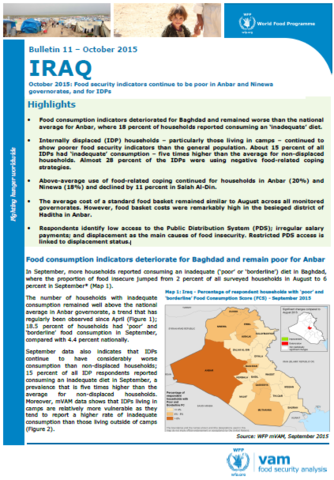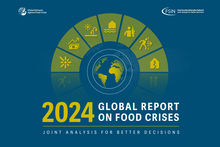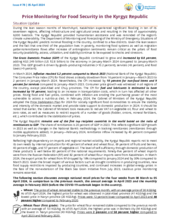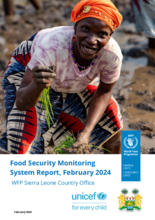
- Food consumption indicators deteriorated for Baghdad and remained worse than the national average for Anbar, where 18 percent of households reported consuming an ‘inadequate’ diet.
- Internally displaced (IDP) households – particularly those living in camps – continued to show poorer food security indicators than the general population. About 15 percent of all IDPs had ‘inadequate’ consumption – five times higher than the average for non-displaced households. Almost 28 percent of the IDPs were using negative food-related coping strategies.
- Above-average use of food-related coping continued for households in Anbar (20%) and Ninewa (18%) and declined by 11 percent in Salah Al-Din.
- The average cost of a standard food basket remained similar to August across all monitored governorates. However, food basket costs were remarkably high in the besieged district of Haditha in Anbar.
- Respondents identify low access to the Public Distribution System (PDS); irregular salary payments; and displacement as the main causes of food insecurity. Restricted PDS access is linked to displacement status.
| Document | File |
|---|---|
| Bulletin #11: Food security indicators continue to be poor in Anbar and Ninewa governorates, and for IDPs, October 2015 |
PDF | 1.39 MB
Download
|



